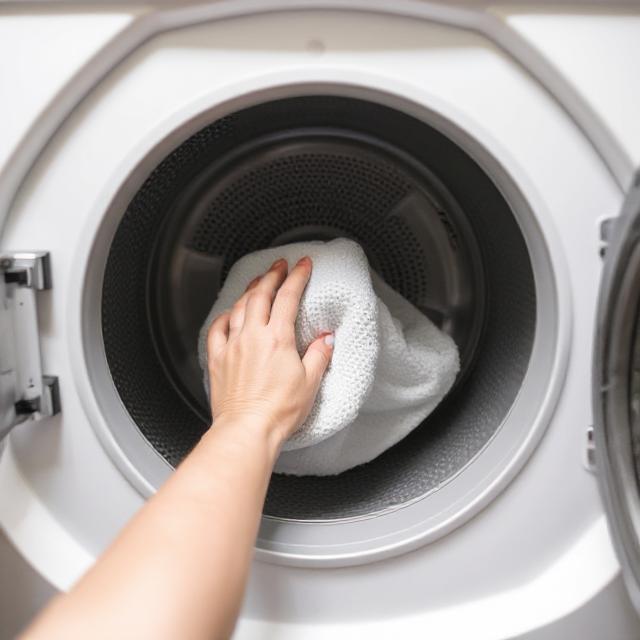
Why Is Cleaning Your Boston Dryer Lint Trap So Important?
If you own a dryer in Boston, you probably toss your laundry in, press a few buttons, and walk away, not giving much thought to what’s happening inside. But lurking just out of sight is a small but mighty hero—the humble cleaning dryer lint trap. Keeping this little filter clean isn’t just a “nice to have” chore; it’s a crucial step that can make a world of difference for your home, your safety, and even your wallet. Let’s dive into why this simple task deserves a prime spot on your to-do list.
The Lint Trap: Small Part, Big Responsibility
It might look like a flimsy plastic or metal screen, but your dryer’s lint trap works overtime every time you dry a load. Its job? To catch all the fluffy bits of fabric and fuzz that shed off your clothes. Over time, this lint builds up and can block the airflow in your dryer. You might not notice at first, but as the lint piles up, your dryer has to work much harder to get your clothes dry.
In Boston, where the climate can swing from humid summers to icy winters, you might find yourself doing laundry more often—think extra layers, towels, and bedding. All this means your lint trap fills up even faster.
Fire Safety: More Than Just a Dusty Detail
“A clean lint trap isn’t just about fresh laundry—it’s about protecting your home and everyone in it.”
It might sound dramatic, but the risk is real. Lint is extremely flammable. When it builds up and blocks your dryer’s airflow, the heat has nowhere to go. That trapped heat, mixed with dry lint, can become a recipe for disaster. Across the country, thousands of dryer fires happen every year due to clogged lint traps and vents.
Think about it: a minute or two spent cleaning out the lint can help prevent a fire that could cost you your belongings, your peace of mind, or even more. In a busy city like Boston, where homes are often close together, a dryer fire can quickly spread and become a neighborhood problem.
Smoother Laundry Days & Lower Bills
Ever noticed your dryer taking longer and longer to finish a cycle? Or your jeans coming out damp, even after a full run? A clogged lint trap could be the culprit. When airflow is blocked, your dryer needs more time and energy to do its job. That means longer cycles, higher electricity bills, and more wear and tear on your machine.
Here’s a quick look at the difference a clean lint trap can make:
| Lint Trap Status | Drying Time | Energy Use | Risk Level |
|---|---|---|---|
| Clean | Normal (30–40 minutes) | Low | Minimal |
| Partially Blocked | Extended (45–60 minutes) | Moderate | Elevated |
| Clogged | Very Long (>1 hour) | High | Serious |
So, by keeping your lint trap clear, you’re not just saving time—you’re also saving money and preventing future headaches.
Extending the Life of Your Dryer (and Your Clothes!)
Most of us hope our appliances will last years without needing repairs. But a dryer forced to work against a blocked lint trap is under constant stress. Overheating, overuse, and extra cycles can wear out the motor and other parts much faster than normal. That means you might be calling the repair person—or shopping for a new dryer—sooner than you’d like.
Plus, trapped lint can lead to hotter-than-necessary drying, which is tough on fabrics. If your favorite shirts or towels seem worn out or shrunk after a few washes, a clogged lint trap could be partly to blame.
Bottom Line: Taking a few seconds after each load to clear out the lint trap is one of the easiest, most effective ways to keep your Boston home safe, your laundry routine smooth, and your dryer running strong. Next time you reach for that clean pile of clothes, remember the small but mighty lint trap—and give it the attention it deserves!
Read More: Boston Dryer Vent Cleaning


